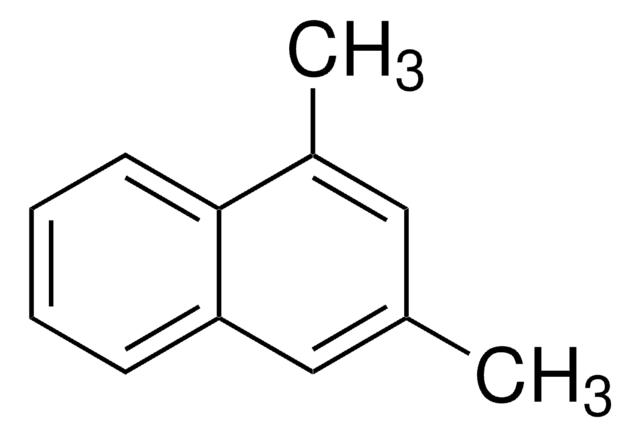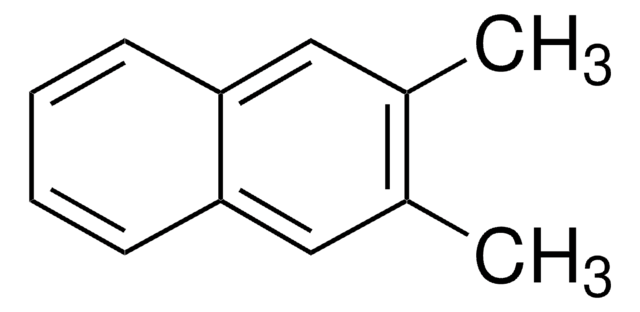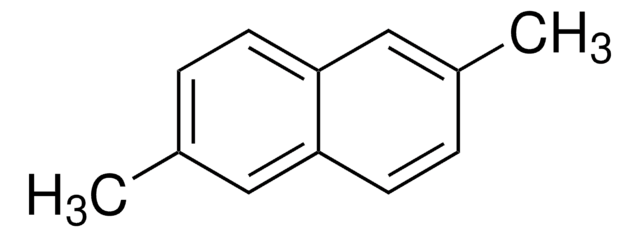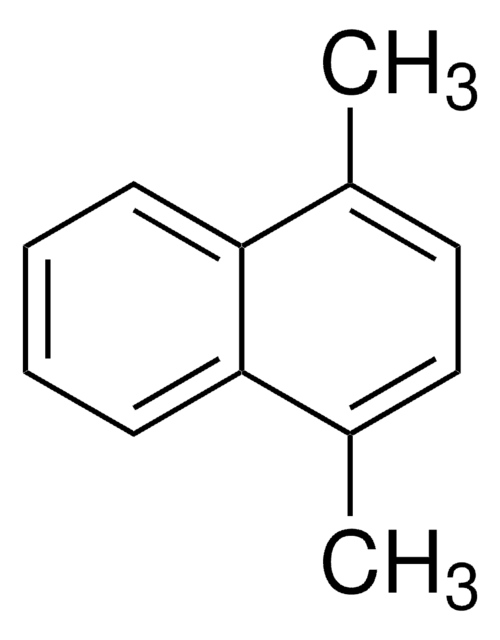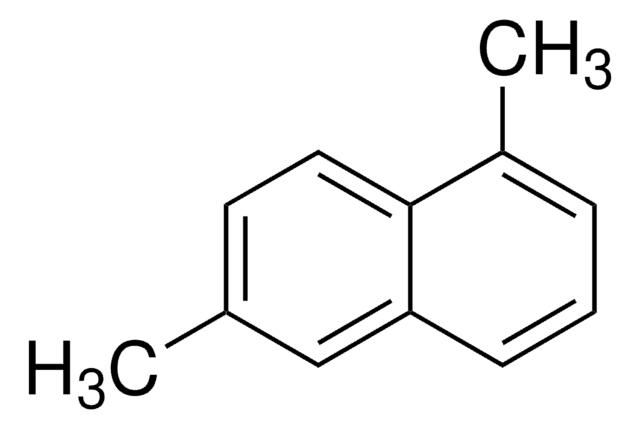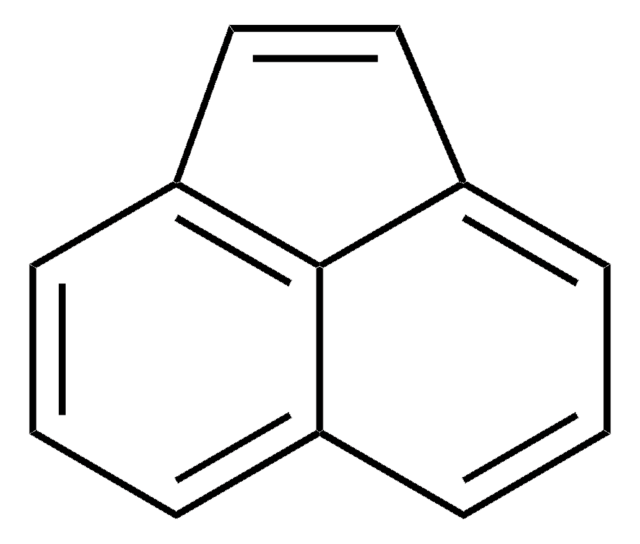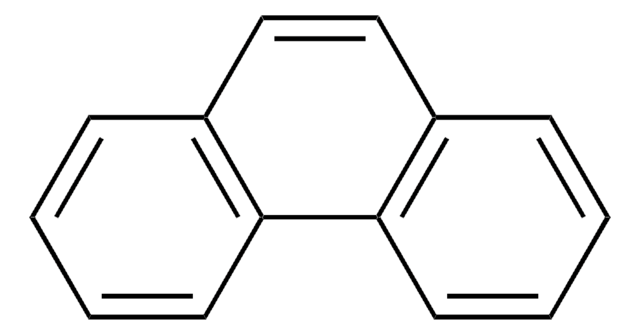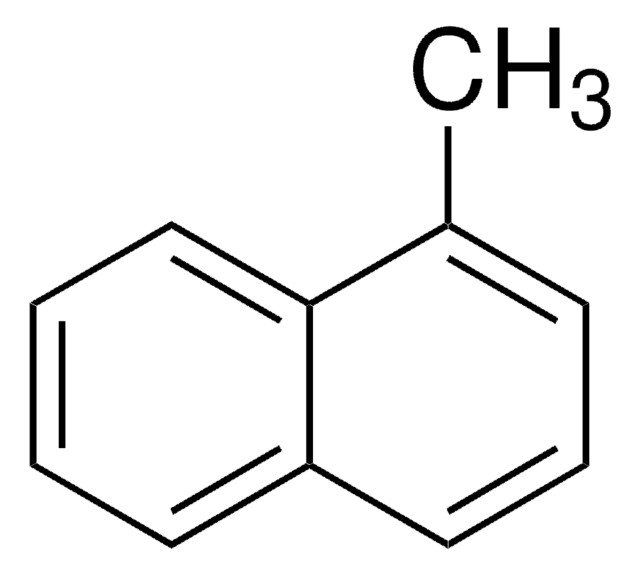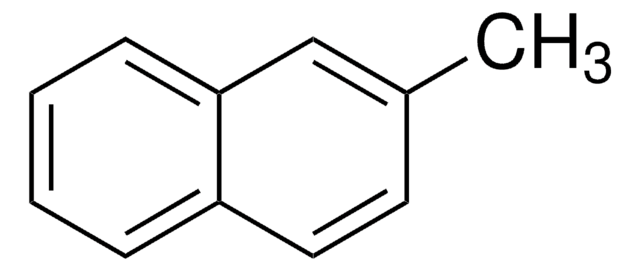Kluczowe dokumenty
About This Item
Polecane produkty
Poziom jakości
Próba
95%
współczynnik refrakcji
n20/D 1.615 (lit.)
bp
266-267 °C (lit.)
mp
−2-−1 °C (lit.)
gęstość
1.013 g/mL at 25 °C (lit.)
ciąg SMILES
Cc1ccc2ccccc2c1C
InChI
1S/C12H12/c1-9-7-8-11-5-3-4-6-12(11)10(9)2/h3-8H,1-2H3
Klucz InChI
QNLZIZAQLLYXTC-UHFFFAOYSA-N
informacje o genach
human ... CYP1A2(1544)
Szukasz podobnych produktów? Odwiedź Przewodnik dotyczący porównywania produktów
Opis ogólny
Zastosowanie
Kod klasy składowania
10 - Combustible liquids
Klasa zagrożenia wodnego (WGK)
WGK 3
Temperatura zapłonu (°F)
235.4 °F - closed cup
Temperatura zapłonu (°C)
113 °C - closed cup
Środki ochrony indywidualnej
Eyeshields, Gloves, multi-purpose combination respirator cartridge (US)
Wybierz jedną z najnowszych wersji:
Certyfikaty analizy (CoA)
Nie widzisz odpowiedniej wersji?
Jeśli potrzebujesz konkretnej wersji, możesz wyszukać konkretny certyfikat według numeru partii lub serii.
Masz już ten produkt?
Dokumenty związane z niedawno zakupionymi produktami zostały zamieszczone w Bibliotece dokumentów.
Klienci oglądali również te produkty
Nasz zespół naukowców ma doświadczenie we wszystkich obszarach badań, w tym w naukach przyrodniczych, materiałoznawstwie, syntezie chemicznej, chromatografii, analityce i wielu innych dziedzinach.
Skontaktuj się z zespołem ds. pomocy technicznej